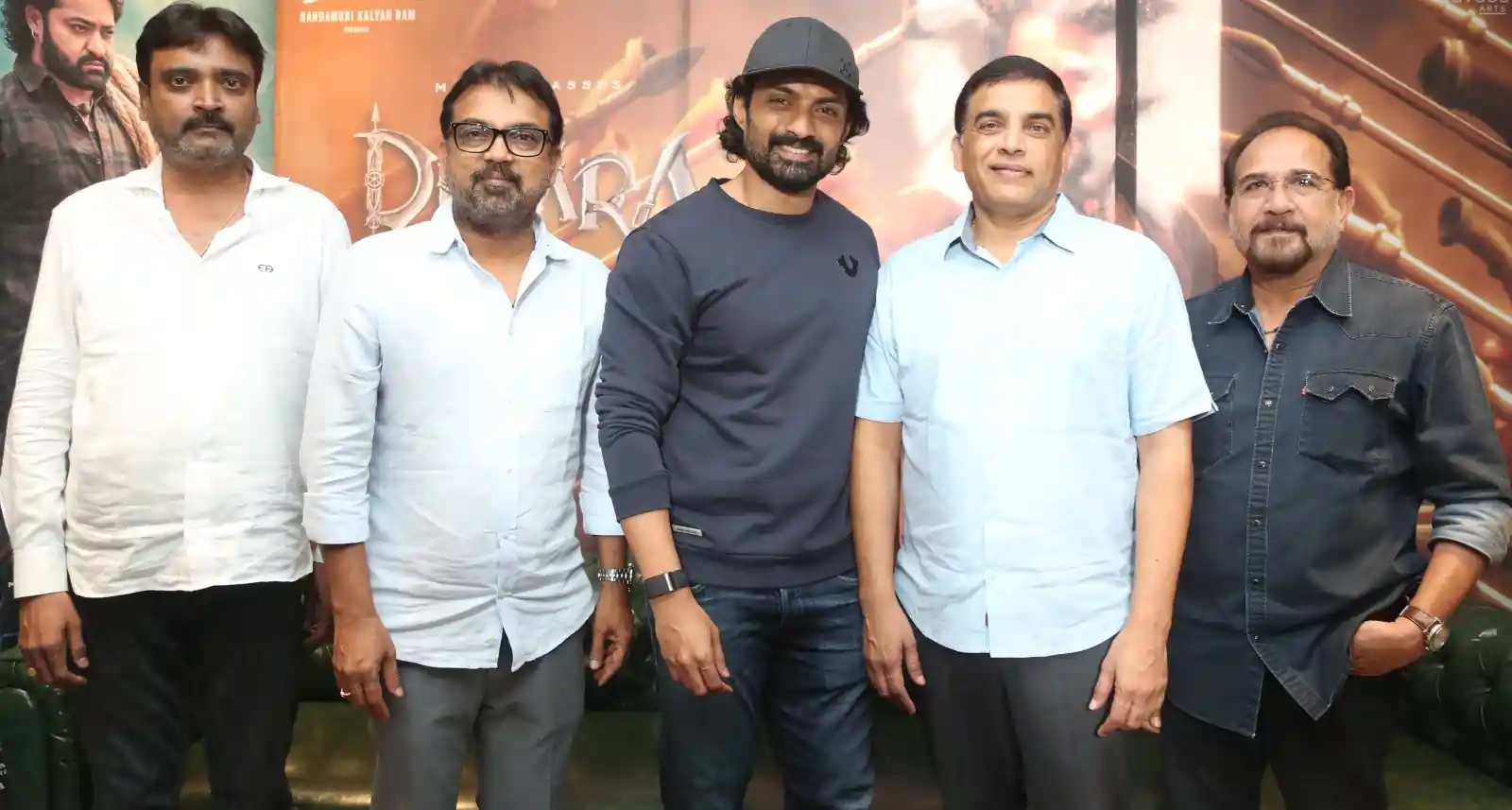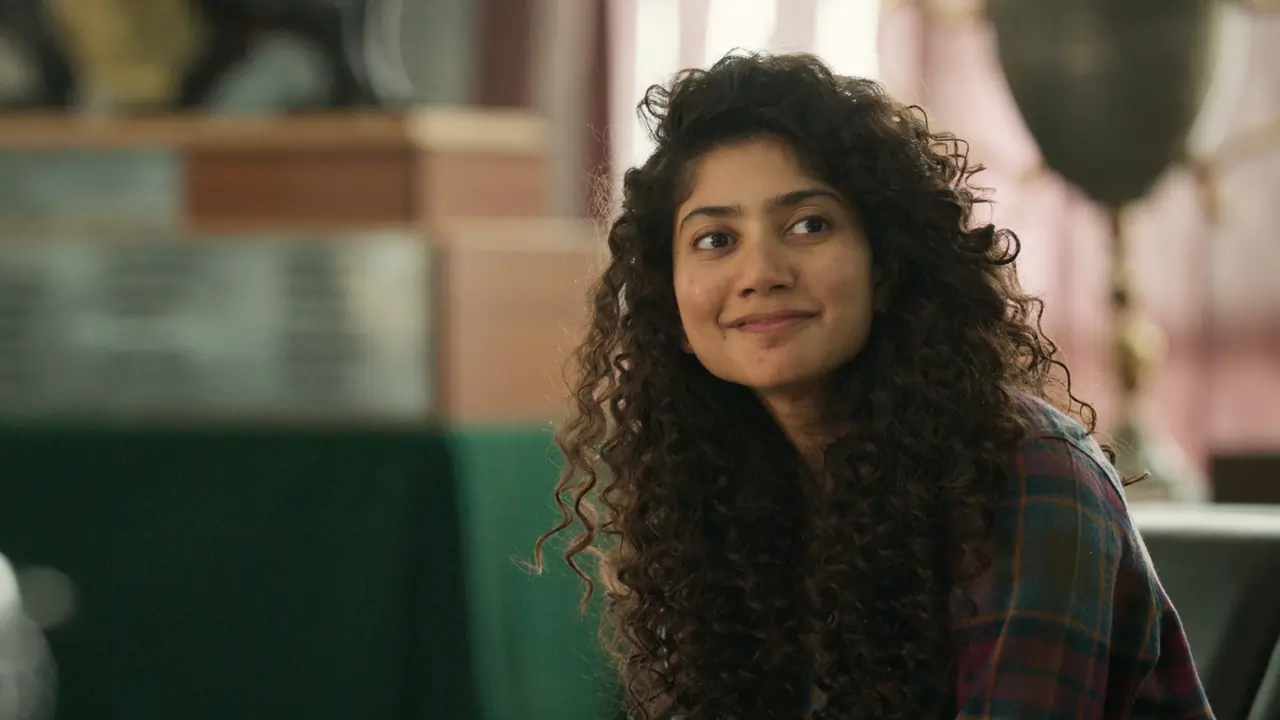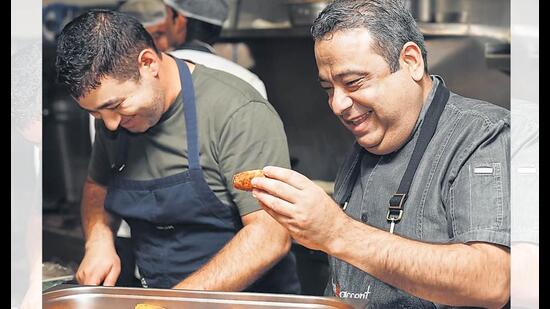
Rude Food by Vir Sanghvi: Look who’s causing a stir
2 months ago | 29 Views
I had an excellent lunch at a collaboration between Manish Mehrotra and Prateek Sadhu at the Delhi Indian Accent. We sat in the main restaurant with Rohit Khattar, the proprietor, who had the vision and courage to put his faith in Manish. At that stage, Manish had worked for Rohit for a decade, but only as an Oriental chef, and it took guts to open the first Indian Accent at the Manor Hotel in Delhi’s Friends Colony.
In those days, modern Indian cuisine was not a thing. Everyone admired Atul Kochhar and Vineet Bhatia who had put Indian cuisine on the map when their London restaurants won the first two Michelin stars ever awarded to Indian restaurants.
But most Indian chefs were still not sure what the London chefs were doing. When Vineet consulted on a restaurant in Delhi (ironically enough, in the same location at the Manor where Indian Accent would later open), few customers bothered to make the journey to Friends Colony.

When Rohit and Manish did open the Delhi Indian Accent, there was still a total lack of interest from most customers. Some of us loved it, but the restaurant struggled so hard during its first year that within the trade, people wondered when Rohit would close it down.
We know the rest of the story. Eventually public tastes matured, Indian Accent became a runaway success, Manish became India’s greatest chef and his style of cooking influenced a whole generation of chefs.
Meanwhile, in Bangkok, Gaggan Anand was creating another revolution, all on his own. He took Indian flavours and created new dishes with them. Until that point, nobody had applied the new food technology, popularised by such chefs as Heston Blumenthal and Ferran Adria, to Indian food. Gaggan’s approach to modern Indian food, in those early days, was captured by a single dish: Yogurt Explosion. A seemingly solid sphere of dahi, it exploded in your mouth, filling your palate with chaat flavours.
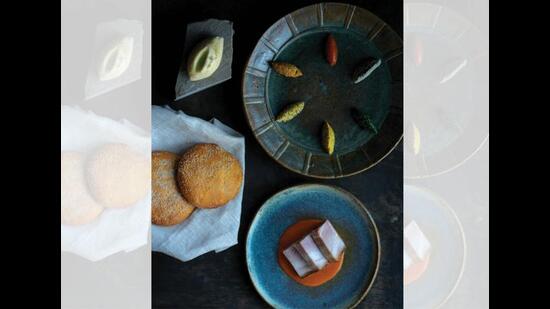
Gaggan went on to become the most successful Indian chef the culinary world has ever seen, and soon he moved away from the showy techniques of the early menus (though his seemingly simple food is still immensely complicated). He entered a new territory, where the Indian flavours were still around but the food was difficult to classify in terms of a national cuisine.
Between Manish and Gaggan, they changed the rules of the game. As I sat at Indian Accent, eating Manish and Prateek’s food, I began to wonder: Now that the battle to drag Indian food into the 21st Century has been fought and won, does the term Modern Indian make any sense? Or is every serious chef cooking some version of Modern Indian anyway?
I thought of Prateek whose globally influenced food I had never really liked until his last days at Masque, when he went back to his Kashmir roots, embraced sourness and Indian flavours and developed a voice of his own. The last meal I had at his Masque Lab was very good.
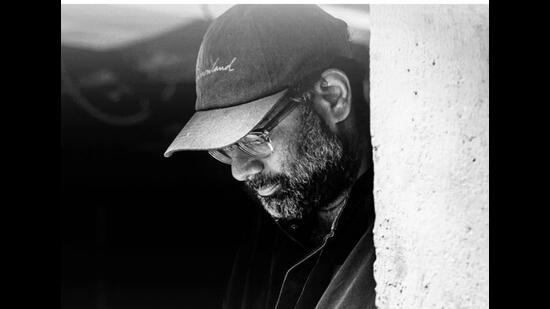
Prateek’s food more than held its own at the collaboration with Manish. He made a stunning pork dish and the gravy for his noodle dish was outstanding. All of it had clear and distinct Indian flavours. But was it Modern Indian food? I have not seen many people use that term about Prateek’s food.
Could this be because, almost without our realising it, Indian food has moved into a zone where all the old rules are dead?
This is not unprecedented. When I first started writing about food in the 1980s, the world was agog with the revolution represented by nouvelle cuisine.
This was a movement, led by a new generation of chefs who rejected the stodgy French cuisine of old, with its flour-thickened sauces and overcooked ingredients. Today, nobody even mentions nouvelle cuisine, not because it died out but because of the exact opposite: It won. Every French chef now embraces its principles and they are not considered nouvelle any longer.
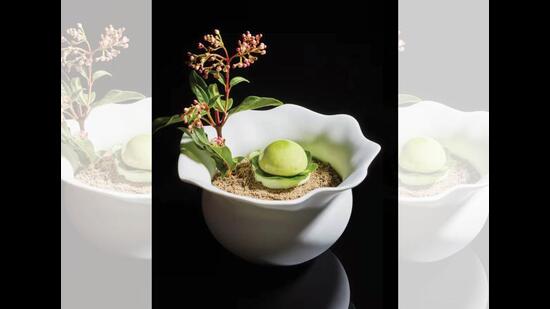
Something like that has happened with Modern Indian cuisine. Its basic principle is that as long as you retain Indian flavours, there are no rules. This has been so widely accepted that nobody bothers to mention ‘Modern Indian’ any longer.
Last week, I shot with Atul Kochhar, one of the founders of Modern Indian cuisine in London. Atul made a mushroom biryani, with a few refinements that took it off the traditional path, but nobody regarded what he was doing as ‘modern’ .
His current signature dish (my view: he has never called it that) is a superlative Chicken Tikka Pie, which is exactly what the name suggests. Two decades ago, putting a tikka in a pie would have been revolutionary. Now, everyone just talks about how wonderful the dish is, not about how daring the idea is.
Atul’s contemporary, Vineet Bhatia, won fame as the man who created a chocolate samosa and a savoury makhani sauce ice-cream. What he is doing now at his restaurants around the world (including Dhilli at the Oberoi, New Delhi) is just as original and groundbreaking. But we are no longer surprised or feel the need to call it ‘modern’.

So it is with nearly every chef from the generation that followed Vineet, Atul, Manish and Gaggan. None of them would be able to make the kind of food they now make without the pioneering path paved by the great chefs. And all of them benefit from the death of the old rules.
Is Hussain Shahzad’s food ‘Modern Indian’? Once upon a time we may have called it that. Now, we just talk about how good it is. Or take Varun Totlani, Prateek’s successor at Masque. He does inventive and creative takes on such dishes as the Goan street standby ros omelette. Is it ‘modern’? Yes, probably. But who calls it that or even cares to categorise it? What about Himanshu Saini, Manish’s protégé and heir? His food breaks all the rules. But it won his restaurant two Michelin stars because it is creative and delicious.
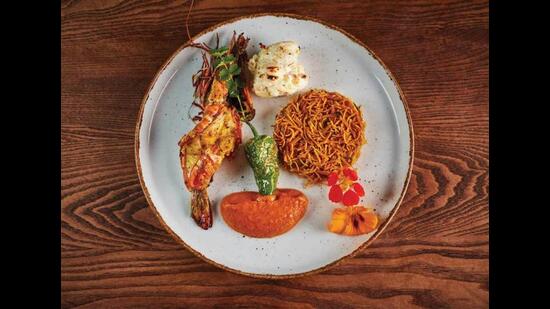
All over the world, the next generation of Indian chefs are doing their own thing. At Semma in New York, Vijaya Kumar cooks a casserole of snails, a dish that I have never seen on any Indian menu and is widely applauded for it. Also in New York, Chintan Pandya at Dhamaka surprises diners with recreations of Indian dishes pulled out of his memory. His slow-roasted rabbit, a dish that sells out every day, is inspired by a memory of eating rabbit in Rajasthan but is made to his own recipe. In London, the two Michelin star Gymkhana took a traditional biryani but cooked it with Muntjac, a deer.
Also in London, Hoppers (the same owners as Gymkhana) serves bone marrow in a delicious semi-dry curry, a dish of its own invention that has distinct South Indian flavours. At the Michelin starred Jamavar, where the food makes no attempt to call itself modern, the chef Surendra Mohan makes a kofta from a shami kabab meat-dal mix and serves it in a nihari gravy: it may be the best dish on his menu.
It’s all a long way from the days when you could predict what the menu at every Indian restaurant would be because chefs were restricted to the same dishes.
But no, it’s not ‘modern Indian’. Because ‘modern’ is now the new traditional.
Read Also: self-discovery journey matters! 10 ways to get started










